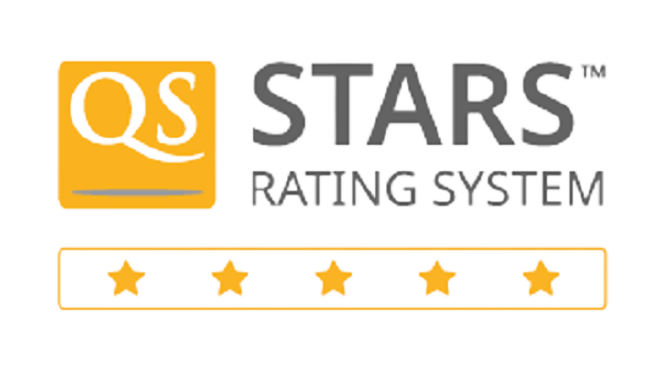GREEN PROCUREMENT/PURCHASE
Green Procurement/Purchase means purchasing goods and services that are environmentally friendly. This means goods and services purchased will have little environmental impact on human health and the environment WITHOUT compromising the quality of the original environmentally unfriendly item. Alternative green purchases should also be more efficient in terms of energy consumption. Although initial purchases may seem marginal, on average, this practice gives more mileage to the university.
Thus, an initiative was generated to design the Green Procurement Guidelines as a purchase guide for this university. It is hoped to provide guidelines for staff and university students on goods and services purchasing methods that will minimize or reduce the impact on human health and the environment through the purchase of energy cost savings goods. The initiative is also in line with the government's objectives to embrace green purchases through the application of 'Introduction to Green Procurement ' (Government Green Procurement) issued by the Ministry of Energy, Green Technology and Water as the main reference. In addition, some of the local and international procedures have been used as a guide in formulating these guidelines.
Based on the guidelines, the products or services purchased should:
1. Bearing the environmental label and with low rates of energy or water consumption (as with SIRIM Eco Label)
2. Features energy saving or "sleep" mode when not in use
3. Purchased from the environmental affiliated suppliers such as ISO 14001, SIRIM Eco Label, the Prime Minister's Hibiscus Award, and other environmental awards
4. Incorporating recycled materials
5. Features trouble-free/easy repair or upgrading to extend its life cycle
6. Features 'green' that can reduce or minimize the effects of environmental degradation
7. Taking into account the quantity of energy consumed or materials needed
8. Be concerned about some of the features that have an impact on the environment such as eco-friendly elements, tradable or suitable for donations after the shelf life
9. Locally installed to reduce transportation whilst reducing the carbon effect on the environment
10. The product is safe to use, less toxic or non-toxic
11. Using renewable materials that are bio-degradable with high rates of biodegradation

In addition, to facilitate the use of these guidelines, the classification of green buying guides by category products / services have been systemized, such as furniture, lab equipments, stationery , printing tool and etc.
It is hoped that these guidelines will lead to a more effective green practices, particularly in the effort towards a Sustainable Campus in UniMAP





